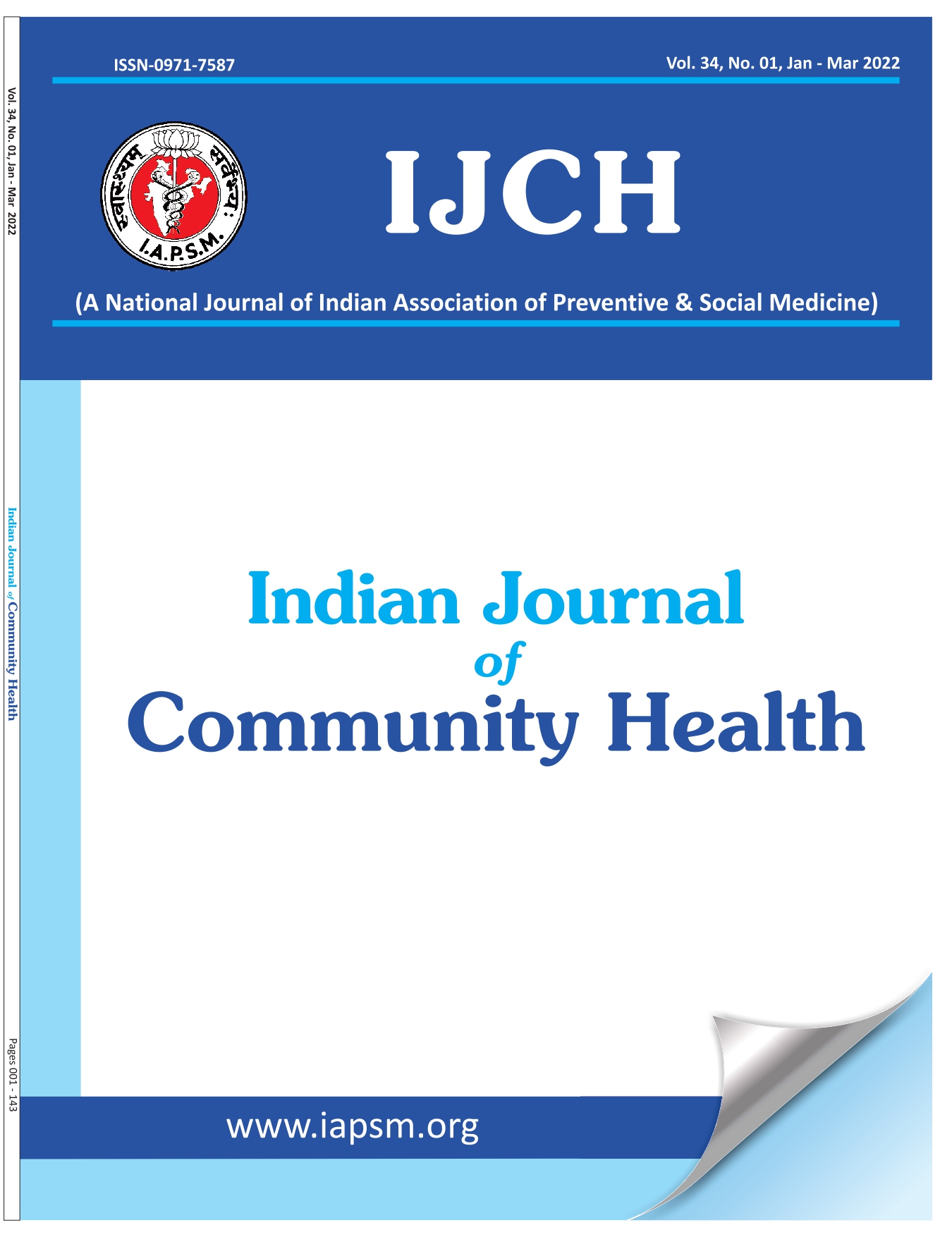Expression and interpretation of relative risk and odds ratio in biomedical research studies
DOI:
https://doi.org/10.47203/IJCH.2020.v32i02.008Keywords:
Biomedical research, odds ratio, risks, relative riskAbstract
Relative risk and odds ratio are commonly used in the biomedical research studies; however, expression and interpretation must be done very carefully. A risk ratio and an odds ratio are used in cohort studies but only odds ratio is used in case control studies. However, relative risk or risk ratio is found to be frequently used in the interventional biomedical research studies. The relative risk and odds ratio provide important information regarding the effect of a risk factor on the outcome of interest. The relative risk and odds ratio of 1 suggests that there is no difference between two groups. A value >1 suggests increase risk, while a value <1 suggest reduction of risk. If the confidence interval meets or includes value 1.00 (line of no difference) indicates there is no difference between the groups.
Downloads
References
Sharma SK, Mudgal SK, Gaur R, Sharma R, Sharma M, Thakur K. Heparin flush vs. normal saline flush to maintain the patency of central venous catheter among adult patients: A systematic review and meta-analysis. J Family Med Prim Care. 2019 Sep;8(9):2779-2792. doi: 10.4103/jfmpc.jfmpc_669_19. eCollection 2019 Sep. Review. PubMed PMID: 31681643; PubMed Central PMCID: PMC6820433.[PubMed].
Andrade C. Understanding relative risk, odds ratio, and related terms: as simple as it can get. J Clin Psychiatry. 2015 Jul;76(7):e857-61. doi: 10.4088/JCP.15f10150. PubMed PMID: 26231012.[PubMed].
Bodemer N, Meder B, Gigerenzer G. Communicating Relative Risk Changes with Baseline Risk: Presentation Format and Numeracy Matter. Med Decis Making. 2014 Jul;34(5):615-26. doi: 10.1177/0272989X14526305. Epub 2014 May 6. PubMed PMID: 24803429.[PubMed].
Simon SD. Understanding the odds ratio and the relative risk. J Androl. 2001 Jul-Aug;22(4):533-6. Review. PubMed PMID: 11451349.[PubMed].
Szumilas M. Explaining odds ratios. J Can Acad Child Adolesc Psychiatry. 2010 Aug;19(3):227-9. Erratum in: J Can Acad Child Adolesc Psychiatry. 2015 Winter;24(1):58.
What is an Odds Ratio and How do I Interpret It? - Critical Appraisal [Internet]. [cited 2020 Mar 2]. Available from: https://psychscenehub.com/psychpedia/oddss-ratio-2/
Downloads
Published
How to Cite
License
Copyright (c) 2020 Indian Journal of Community Health

This work is licensed under a Creative Commons Attribution-NonCommercial-NoDerivatives 4.0 International License.





